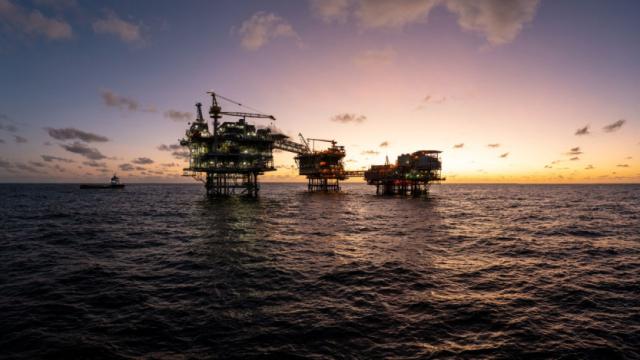
bpTT operates in approximately 680,000 acres off Trinidad’s east coast. The company now has 16 offshore platforms and two onshore processing facilities. (Source: BP)
BP’s Cassia C development in Trinidad and Tobago has delivered first gas, the company said on Nov. 29.
Cassia C is BP’s Trinidad and Tobago unit’s (bpTT) first offshore compression platform and its biggest offshore facility. It will enable bpTT to access and produce low-pressure gas resources from the Greater Cassia Area. The platform is connected to the existing Cassia hub, about 35 miles off Trinidad’s southeast coast.
Cassia C is expected to produce, at peak, about 200-300 MMscf/d of gas. Production will go toward meeting bpTT’s gas supply commitments and sustaining Trinidad and Tobago’s LNG and petrochemical industries.
“First gas from Cassia C is an important milestone for BP in Trinidad and Tobago,” said David Campbell, bpTT president. “This first offshore compression facility will allow us to unlock new resources and bring much-needed gas to market.”
Ewan Drummond, bp senior vice president for projects, production and operations, said, “Cassia C is a great example of BP’s resilient hydrocarbons strategy in action–providing the energy the world needs now and helping us invest in the energy transition.”
The Cassia C platform’s jacket–its legs and supporting frame–was built at Trinidad Offshore Fabricators (TOFCO) and installed in 2020. Its topside structure was built in the McDermott fabrication yard in Altamira, Mexico, and installed in 2021.
The Cassia C project is part of bpTT’s Area Development Plan, which outlines the direction and pace of the company’s activities to develop hydrocarbon resources in its licensed marine acreage in Trinidad and Tobago. The plan includes a combination of exploration, development projects and activities focused on maximizing production from bpTT’s acreage.
Recommended Reading
Range Resources Holds Production Steady in 1Q 2024
2024-04-24 - NGLs are providing a boost for Range Resources as the company waits for natural gas demand to rebound.
Hess Midstream Increases Class A Distribution
2024-04-24 - Hess Midstream has increased its quarterly distribution per Class A share by approximately 45% since the first quarter of 2021.
Baker Hughes Awarded Saudi Pipeline Technology Contract
2024-04-23 - Baker Hughes will supply centrifugal compressors for Saudi Arabia’s new pipeline system, which aims to increase gas distribution across the kingdom and reduce carbon emissions
PrairieSky Adds $6.4MM in Mannville Royalty Interests, Reduces Debt
2024-04-23 - PrairieSky Royalty said the acquisition was funded with excess earnings from the CA$83 million (US$60.75 million) generated from operations.
Equitrans Midstream Announces Quarterly Dividends
2024-04-23 - Equitrans' dividends will be paid on May 15 to all applicable ETRN shareholders of record at the close of business on May 7.





